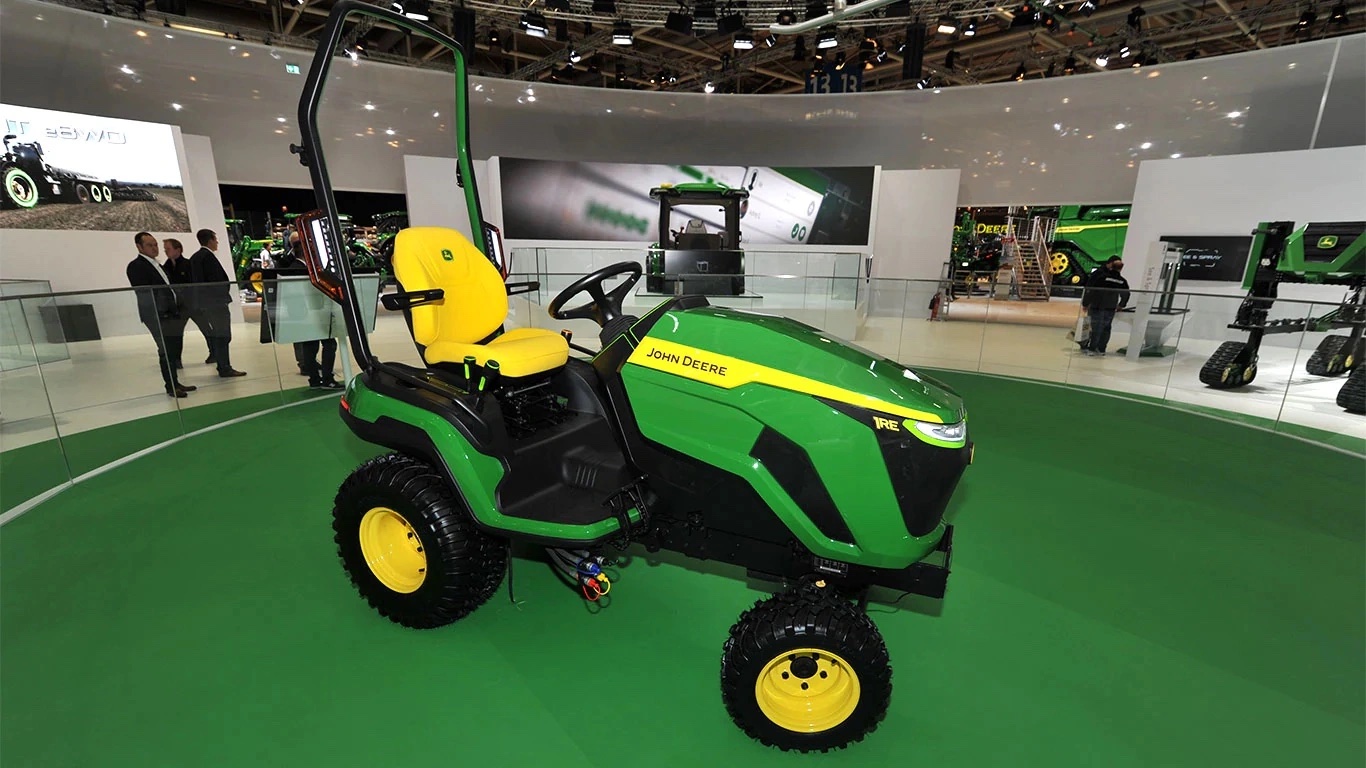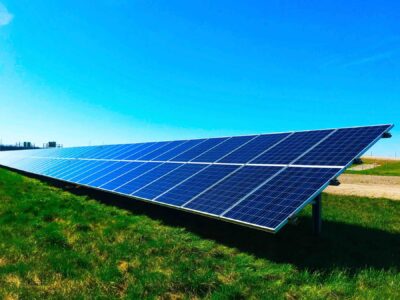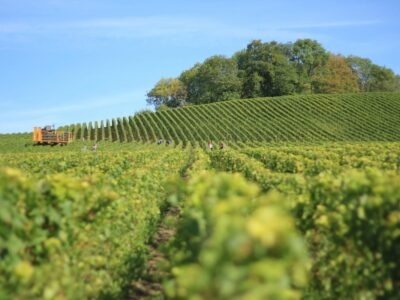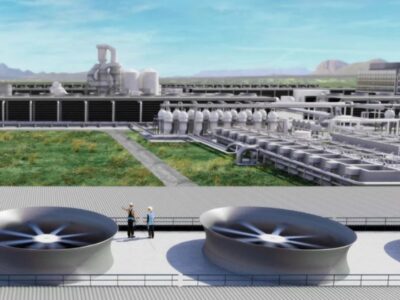When a company is still in business nearly 200 years after it started with a single steel plow, it’s a safe bet that innovation played a big part in its success. That’s the case at Deere & Co., the manufacturer of heavy-duty agriculture and construction equipment known worldwide for its iconic green and yellow machines.
Deere was founded in 1837 by namesake John Deere, a blacksmith who developed the first commercially successful, self-scouring steel plow.
The company still gets most of its business from equipment that moves dirt around. Still, much of its focus now is on 21st-century technology designed to help its machines operate more efficiently and sustainably.
Deere already pioneered the commercialization of satellite-guided tractors that have reshaped farming in the United States and elsewhere. Now it aims to take technology to the next level by developing software for smart equipment, such as self-driving tractors and sprayers that distinguish weeds from crops.
As the Wall Street Journal recently reported, Deere is investing billions of dollars in developing high-tech machines – and eyeing bigger sales from the software that runs them. The company expects that 10% of its yearly revenue will come from software fees by the decade’s end.
By 2026, Deere wants to connect 1.5 million machines in service and 500 million acres in use to the company’s cloud-based John Deere Operations Center, which will then collect and store crop data – including millions of images of weeds that can be targeted by herbicide. The tech side of Deere’s business took a big step forward in 2021 when it spent $250 million to acquire California-based software firm Bear Flag Robotics.
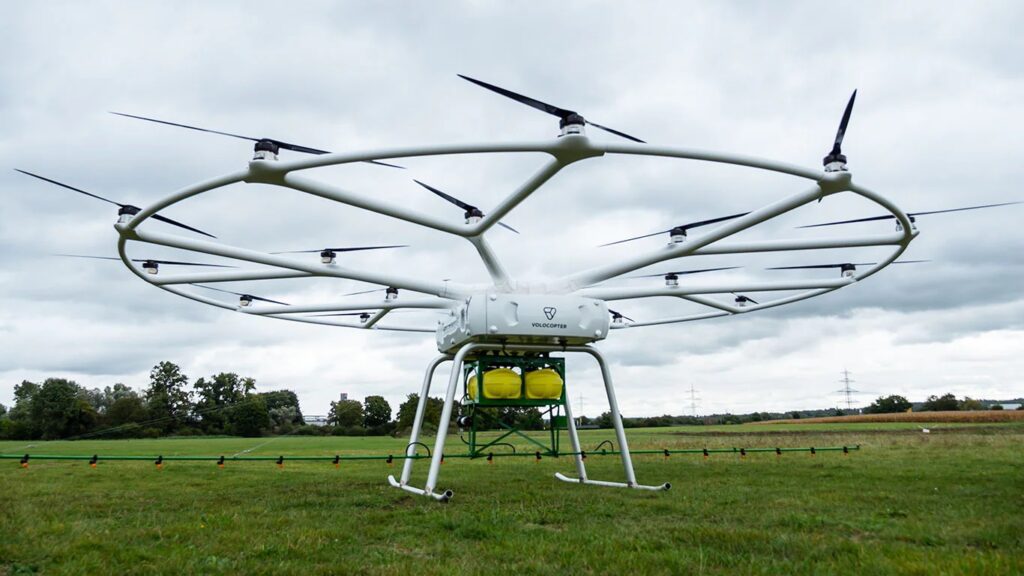
The new technologies are part of Deere’s “Future of Farming” initiative, which identifies three core technologies shaping the future: Electrification, Automation to Autonomy, and Artificial Intelligence.
On its website, Deere notes that electrification “isn’t just about using batteries as the power source,” but also about using electrical drives to replace engines and hydraulics. Electric drives are lighter, more efficient, and more reliable than conventional engines and hydraulics.
The company’s work in this area includes a zero-emissions compact utility tractor that can move more than 10,000 meters of lawn with a single battery charge that lasts four-and-a-half hours. The tractor should be a good fit in areas that require low noise levels and emissions-free operations.
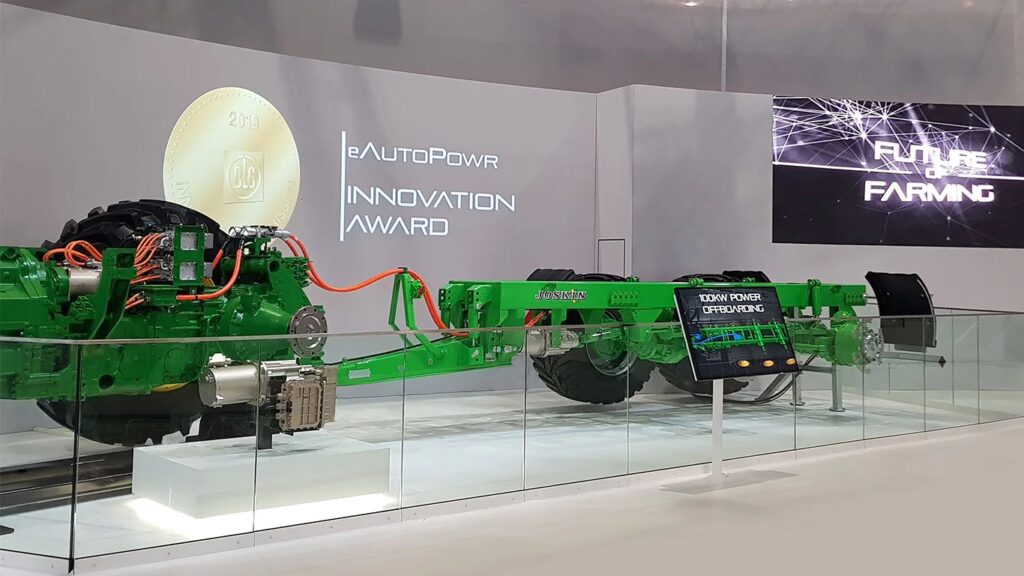
Deere also has developed an eAutoPowr transmission that it claims is the first continuously variable transmission (CVT) with an electro-mechanical power split.
A CTV can constantly change its gear ratio and is often more fuel-efficient than a regular automatic transmission.
In Artificial Intelligence, Deere has developed See & Spray technology that uses high-resolution cameras to capture 20 images per second. Based on the images and AI, the system recognizes the difference between cultivated plants and weeds so that individual plants can be specifically treated.
Another AI technology, called CommandCab, is placed in the cab of farming equipment and features joystick control, a touchscreen display, and a network connecting all machine components. The cab integrates real-time weather data, individual pre-settings, and job management procedures to serve as a kind of command center for agricultural operations.
“It’s all about doing more with less,” Deere CEO John May told the Wall Street Journal in an interview.
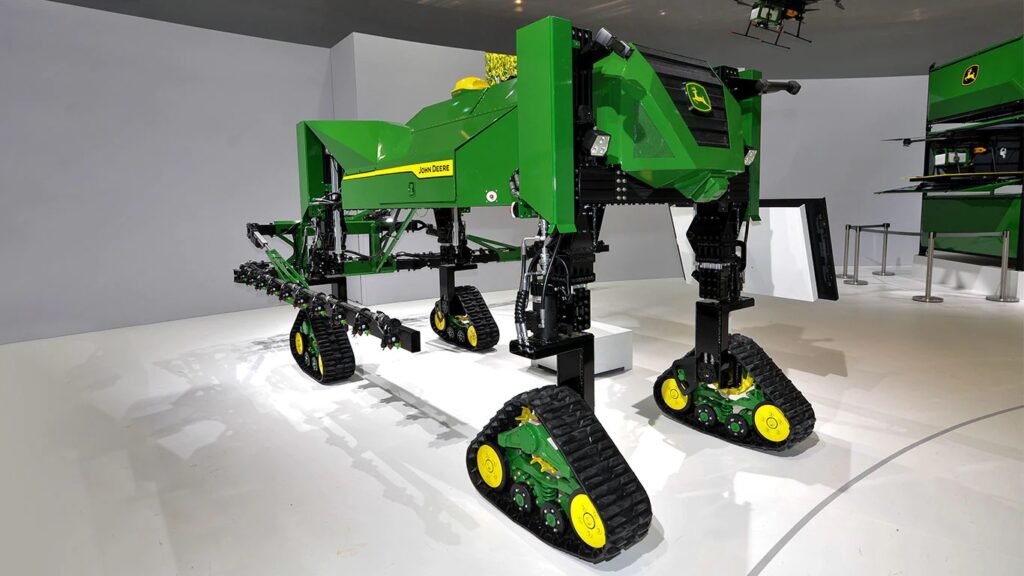
While high-tech tractors and sprayers represent the natural evolution of Deere’s core business, the software is a big departure. The company aims to sell farmers software subscriptions that are expected to fetch much higher profit margins than machinery. The Wall Street Journal cited a 2021 report from Bernstein analysts, which estimated that the average gross margin for farming software sales is 85% vs. 25% for equipment.

